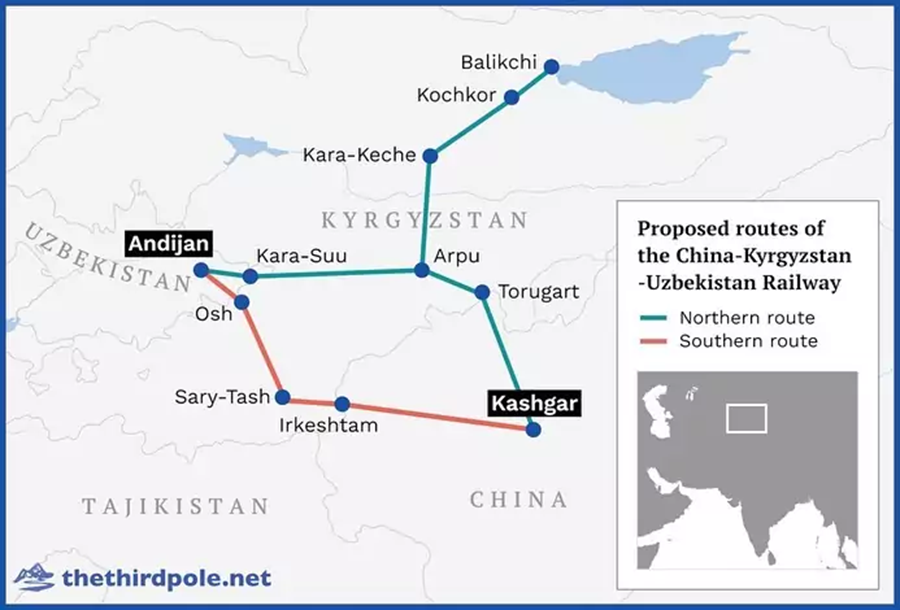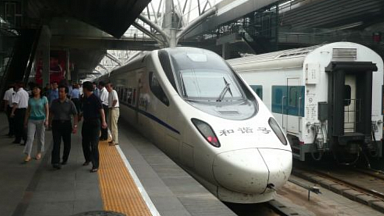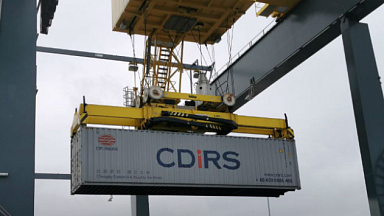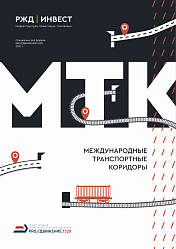The return to new rail projects reflects the BRI’s continued focus on infrastructure. More importantly, these new rail projects, which have either already broken ground or are soon to do so, reflect China’s geostrategic vision to enhance trade and logistics connectivity. The aim is to forge closer and broader ties between its domestic economy and key trading neighbours and partners further afield.
From Kashgar, Xinjiang, to Andijan, Uzbekistan
On 29 April 2025, in Jalal-Abad, Kyrgyzstan, work began to dig three tunnels along a critical stretch of the China-Kyrgyzstan-Uzbekistan Railway that will link China’s most western city of Kashgar, Xinjiang, to the Uzbekistani city of Andijan, where it enters the national rail system anchored to the capital of Tashkent. The railway’s length of 616 km is split into 213 km in China, 341 km in Kyrgyzstan and 62 km in Uzbekistan.
China has agreed to provide US$2.3 billion of the total price tag of US$4 billion, which falls in the range of costs for the few completed railways under the BRI. The other half of the cost is split among US$1.2 billion from China State Railway Co. and US$572 million from the national railway companies of Kyrgyzstan and Uzbekistan, respectively.
While having a big say on this rail project, China has made a concession to Kyrgyzstan by agreeing to build a facility in Makmal for switching trains from standard tracks from Kashgar to the wider tracks leading to Andijan. This compromise enables Kyrgyzstan to generate revenue from track switching at Makmal, positioning it as a logistics hub that can expand its commercial and industrial activities.
If completed by the target year of 2031, this railway will cover the shortest distance from western China to Europe through Iran and Turkey, opening a new and direct freight route along the BRI’s China-Central Asia-West Asia Economic Corridor.

From Ganqi Maodu, Inner Mongolia, to Gashuun Sukhait, Mongolia
Further north along China’s land border, a new railway will link China and Mongolia through the twin border ports of Ganqi Maodu in Inner Mongolia and Gashuun Sukhait in Mongolia. The two countries will each build their portions of the railway, with a combined investment of approximately US$500 million. This short 8-km railway will feature both standard and wide-gauge tracks, integrating into the respective rail systems jointly operated by both sides. Scheduled for completion by 2027, this railway is designed to ship 55-60% of Mongolia’s coal exports, especially coking coal to China, more efficiently, while also carrying some of Mongolia’s copper to China.




